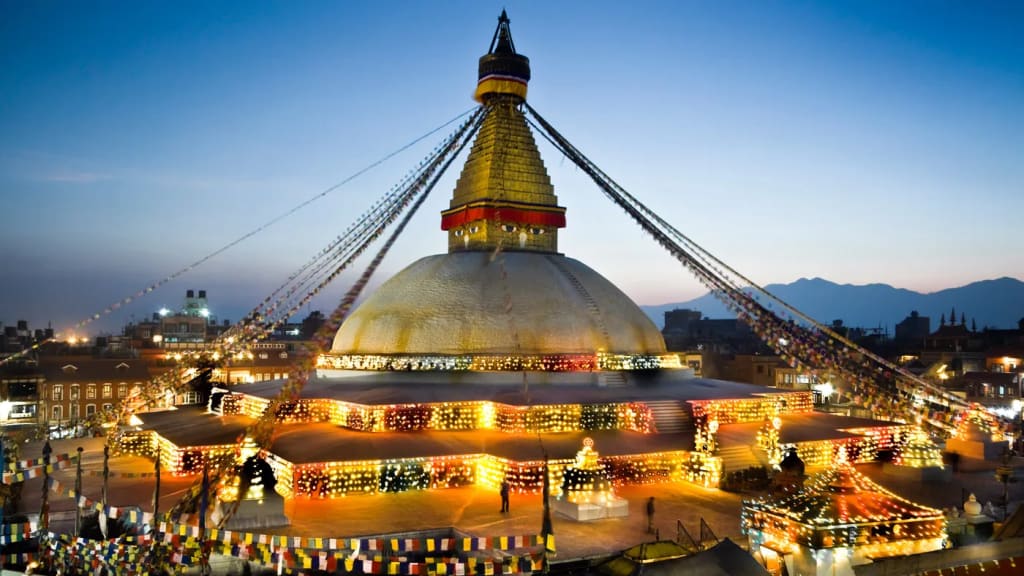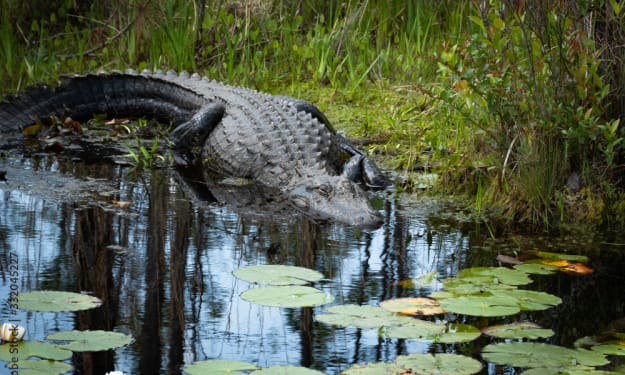South Asian country people rarely knows
South Asian Countries Nepal

Nepal, a small landlocked country nestled in the Himalayas between India and China, is a nation of immense natural beauty, rich cultural heritage, and profound historical significance. Often overshadowed by its giant neighbors, Nepal has a unique identity that has fascinated travelers, scholars, and adventurers for centuries.
### The Geography and Natural Wonders
Nepal's geography is as diverse as it is dramatic. The country is home to eight of the world's fourteen highest peaks, including Mount Everest (known locally as Sagarmatha), the highest point on Earth. The southern part of the country, the Terai, consists of fertile plains, while the midlands are characterized by lush hills and valleys. The northern region, dominated by the towering Himalayas, is a realm of snow and ice.
The country’s varied topography fosters a wide range of climates, from the subtropical plains of the Terai to the alpine conditions of the Himalayan highlands. This diverse climate supports an equally diverse array of flora and fauna. Nepal boasts several national parks and conservation areas, such as Chitwan National Park, a UNESCO World Heritage site known for its population of Bengal tigers and one-horned rhinoceroses, and Sagarmatha National Park, home to rare species like the snow leopard and red panda.
### Cultural Richness and Heritage
Nepal's cultural landscape is a mosaic of ethnicities, languages, and religions. The country has over 120 distinct ethnic groups and more than 123 languages spoken as mother tongues. The major religions practiced in Nepal are Hinduism and Buddhism, both of which have significantly influenced the nation's culture and traditions.
Kathmandu Valley, the historical heart of Nepal, is renowned for its ancient temples, palaces, and stupas. The capital city, Kathmandu, along with its neighboring cities Patan and Bhaktapur, is filled with medieval architecture and intricate wood carvings. Notable sites include the Swayambhunath (Monkey Temple), Boudhanath Stupa, Pashupatinath Temple, and the Durbar Squares of Kathmandu, Patan, and Bhaktapur.
Nepal is also a land of festivals. Major celebrations such as Dashain, Tihar, and Holi reflect the vibrant cultural traditions and communal harmony. These festivals are marked by elaborate rituals, traditional music, dances, and feasts, bringing communities together in joyous celebration.
### Historical Context
The history of Nepal is a rich tapestry of legendary kingdoms and dynasties. Ancient texts mention the Kirats, a ruling dynasty believed to have established one of the first civilizations in Nepal. The Licchavi period (circa 400–750 CE) is often regarded as a golden age, marked by significant cultural and architectural development.
The Malla period (12th–18th centuries) saw the flourishing of the Kathmandu Valley as a hub of art and architecture, with the construction of many temples and palaces that still stand today. The unification of Nepal as a single kingdom was achieved in the late 18th century by Prithvi Narayan Shah, the ruler of the small principality of Gorkha. His military and diplomatic efforts laid the foundation for modern Nepal.
In the 19th and early 20th centuries, Nepal maintained a policy of isolation from the outside world. This period was characterized by the rule of the Rana dynasty, who wielded power as hereditary prime ministers while the monarchy remained largely ceremonial. The Ranas’ autocratic rule ended in 1951, leading to a period of democratic reform and the reestablishment of the monarchy.
### Modern Era and Political Evolution
Nepal’s modern history has been marked by significant political changes and struggles for democracy. In 1990, a popular movement led to the establishment of a constitutional monarchy with a multiparty parliamentary system. However, the decade-long Maoist insurgency (1996–2006) plunged the country into civil conflict, culminating in the Comprehensive Peace Agreement in 2006.
In 2008, Nepal abolished its monarchy and became a federal democratic republic. This transition was a historic shift for a country that had been a kingdom for centuries. Despite political instability and challenges in governance, Nepal has made strides in social and economic development.
### Tourism and Economy
Tourism plays a vital role in Nepal’s economy, attracting adventurers and spiritual seekers from around the world. The allure of trekking in the Himalayas, visiting ancient temples, and experiencing the rich cultural heritage draws thousands of visitors annually. The Annapurna Circuit, Everest Base Camp trek, and the historic city of Lumbini, the birthplace of Buddha, are among the top destinations.
Agriculture remains the backbone of Nepal’s economy, employing a majority of the population. Efforts to diversify the economy have led to growth in sectors like hydropower, manufacturing, and information technology.
### Challenges and Prospects
Nepal faces several challenges, including political instability, poverty, and vulnerability to natural disasters like earthquakes and landslides. The devastating earthquake of 2015, which caused extensive damage and loss of life, highlighted the need for better disaster preparedness and infrastructure development.
Despite these challenges, Nepal has tremendous potential. Its natural beauty, cultural wealth, and resilient people are significant assets. Continued efforts in education, healthcare, and infrastructure development, along with political stability, can pave the way for a prosperous future.
In conclusion, Nepal is a country of enchanting beauty and profound history, where ancient traditions coexist with modern aspirations. Its journey from legendary kingdoms to a modern republic is a testament to the resilience and spirit of its people. As Nepal continues to evolve, it remains a place of mystery and wonder, waiting to be explored and appreciated.
About the Creator
Enjoyed the story? Support the Creator.
Subscribe for free to receive all their stories in your feed. You could also pledge your support or give them a one-off tip, letting them know you appreciate their work.





Comments
There are no comments for this story
Be the first to respond and start the conversation.